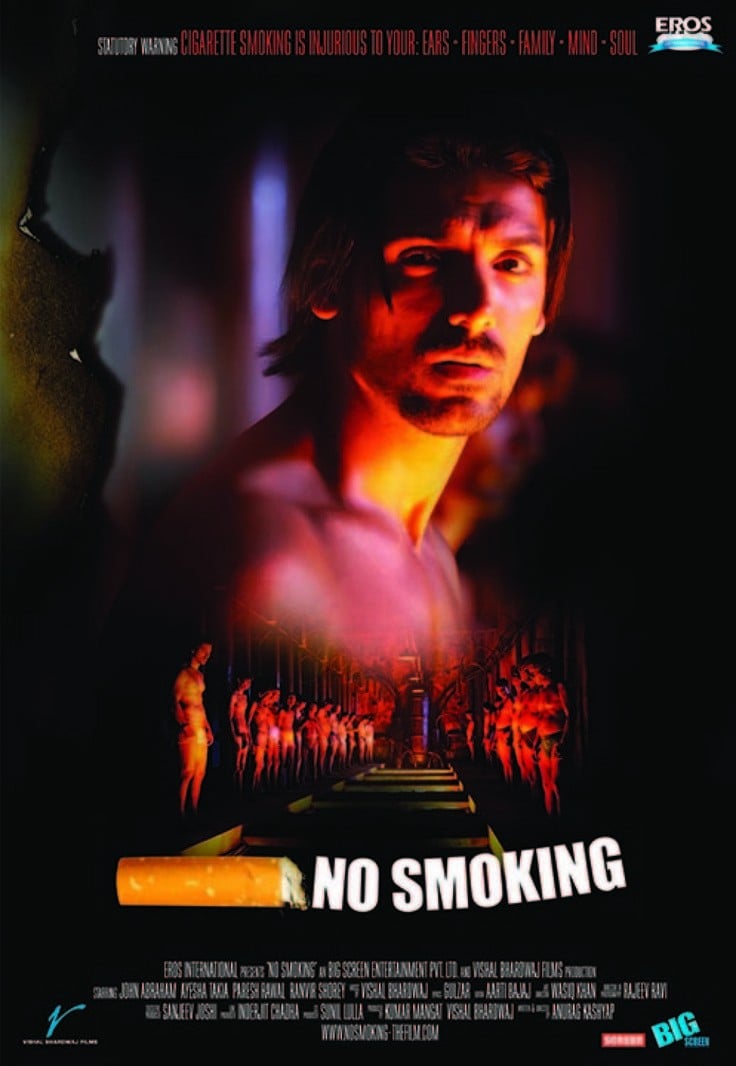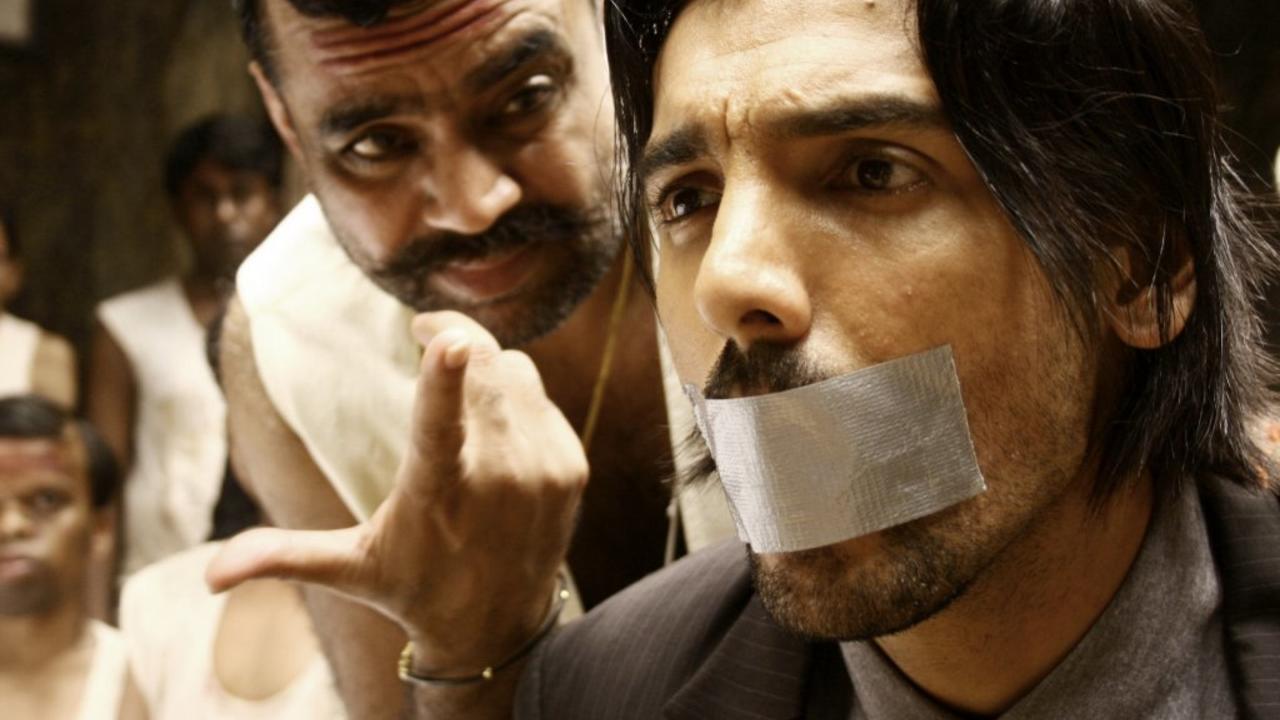- By Sidhi Agarwall
- Sat, 15 Nov 2025 07:08 PM (IST)
- Source:JND
Back To Classics: Anurag Kashyap’s No Smoking, released on 26th October 2007, stands as one of the most unusual films to come out of Hindi cinema. Starring John Abraham as ‘K’, along with Ayesha Takia, Ranvir Shorey, and Paresh Rawal, the film was produced by Kumar Mangat Pathak and Vishal Bhardwaj. Inspired by Stephen King’s short story Quitters, Inc., the film blends surrealism, dark humour, and psychological drama. Despite its originality, No Smoking struggled badly at the box office, becoming a commercial failure and receiving mixed to negative reviews from Indian critics. Many reviewers felt the film was ‘too complicated’, ‘too symbolic’, or ‘too strange’ for mainstream audiences. However, international viewers and festival audiences praised the movie for its bold style, layered metaphors, and refusal to follow traditional Bollywood storytelling.
No Smoking Movie Is Not Just A Story About Quitting Smoking
Although No Smoking appears to be about addiction, the film uses smoking only as a symbolic starting point. John Abraham’s character joins a bizarre rehabilitation centre run by Baba Bengali (Paresh Rawal), where breaking rules leads to extreme punishments. But these punishments are not really about health they represent how society, authority and institutions attempt to control personal choices. Smoking becomes a metaphor for independence, identity, and the basic right to live life on one’s own terms. Kashyap uses K’s struggle to show how easily people's freedom can be taken away under the disguise of doing good for them. The film therefore moves far beyond a simple anti-smoking message, it becomes a commentary on freedom, fear, coercion, and moral policing.

Meanwhile, Anurag Kashyap’s frustration with censorship and the film industry deeply influenced No Smoking. Before this movie, two of his most important works Black Friday and Paanch faced bans and long delays. He experienced first-hand how systems suppress voices they find uncomfortable. This personal history shaped the film’s tone and themes. The nightmarish rehab centre symbolises the creative and moral restrictions he experienced. For this reason, No Smoking feels raw, emotional, and unusually honest. Many scenes have dream-like transitions and deliberately confusing sequences, inviting viewers to feel the same pressure and helplessness as the protagonist. At a time when audiences preferred clear, linear stories, such experimentation was misunderstood. Only years later, after more directors began exploring complex narratives, did viewers recognise the courage behind Kashyap’s choices.
Recommended For You
Also Read: How Dangal (2016) Challenged Gender Roles In Indian Sport Without Loud Fanfare
No Smoking Movie Was Ahead Of Its Time
Today, No Smoking is seen as a cult classic that pushed Indian cinema into experimental territory. With streaming platforms, a new generation has discovered the film and appreciates its depth. Many now describe the movie as ‘ahead of its time’ because it challenged Bollywood’s traditional structure long before such themes became popular. Its use of surrealism, inner psychology, and symbolic storytelling is now praised for its boldness. The film also started conversations about artistic freedom, mental health, societal pressure, and individual rights topics that are far more openly discussed today than they were in 2007. What once felt ‘confusing’ to viewers now feels strikingly modern.

Is No Smoking Sequel In Works?
Talk of a sequel has grown in recent years. John Abraham has publicly said he has encouraged Anurag Kashyap to make No Smoking 2 and would happily return as K. Kashyap himself has hinted that he may explore a continuation if he finds the right idea. With the film’s growing cult following and its message becoming more relevant than ever, a sequel could take the story in bold new directions.


-1762416549292_m.webp)



